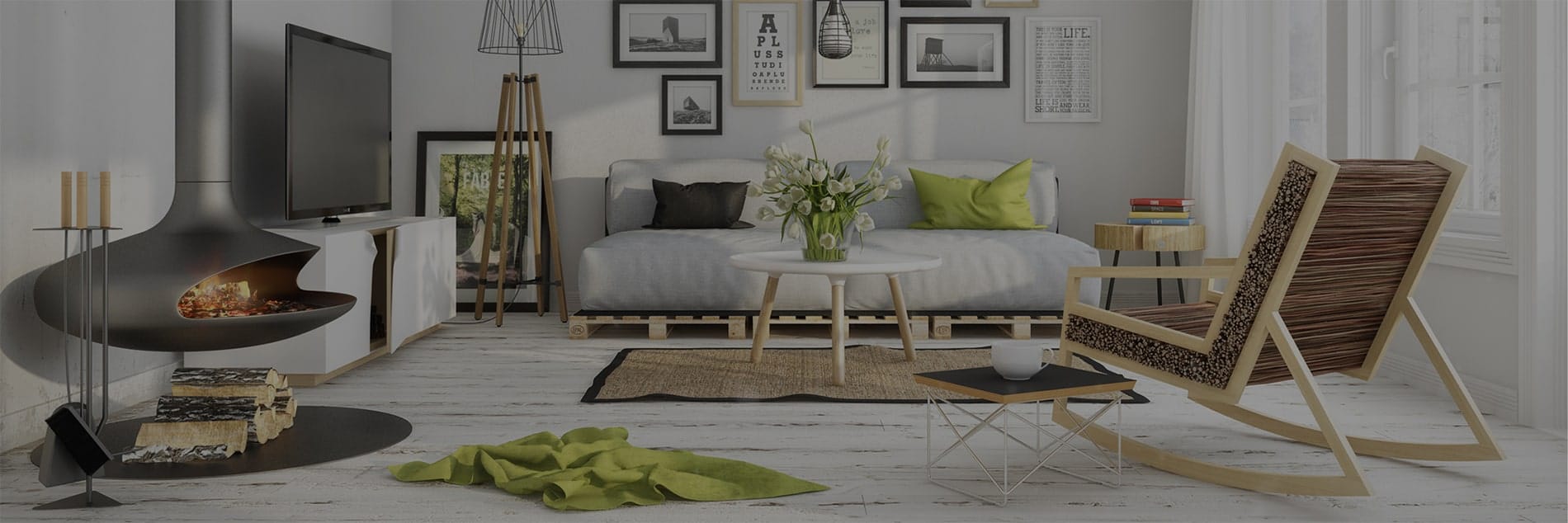
Blog
Queen Size vs King Size Beds: Understanding the Differences and Choosing the Right Fit

When it comes to selecting the ideal bed, size matters. Among the different options available, queen and king size beds are popular choices for many people. Understanding the differences between these two sizes is essential for making a smart choice that suits individual preferences and needs.
What is a Queen Size Bed?
A queen-size bed in the UK is equivalent to a small double. Standard Queen, California Queen, Split Queen, and Olympic Queen are variations of queen-size mattresses. Most individuals choose the standard queen size. Standard Queen dimensions and measurements are 60 inches by 80 inches (4′ x 6’3″), similar to 120cm x 190cm or 47″ x 75″
- Olympic queen, also known as expanded queen mattresses, with dimensions of 66″ x 80″ (167.6 cm x 203 cm). They are 6 inches wider as compared to standard queen mattresses.
- California queens are particularly waterbed mattresses that are extended 4 inches (10 cm) beyond the standard queen-size mattress. These are generally outdated now, but you can still sometimes find them.
- Split queen mattresses are standard ones with a split in the middle, so they can be moved and modified to meet different needs. The measurements of each half are 30″ by 80″ (76 cm x 203 cm).
What is a King Size Bed?
King size beds and mattresses are 150cm wide and 200cm long, which is 5 feet wide and 6 feet 6 inches long. A standard king bed is about 76 inches in width and 80 inches in length. A California king’s dimensions are about 72 inches in width and 84 inches in length, making it slightly longer than wide. A king and a super king-size mattress have the same length of 180cm, but there is a 30cm difference in width between these two.
- California king mattresses, often known as western king mattresses, are the most popular “nonstandard” king beds. They are so popular that they aren’t even considered nonstandard; they’re just a unique style of king size beds. With dimensions of 72″ x 84″ (183 cm x 213 cm), they are longer and thinner than a typical king size.
- Split king mattresses are similar to split queen mattresses. They are split down the middle. However, they are usually two inches (5 cm) wider than the standard width. The measurements of each half are 39″ x 80″ (99 cm x 203 cm).
Comparison: Queen vs. King Size Beds
Both queen and king beds have a footboard, headboard, and mattress. The dimensions for king and queen-size beds are also the same. They are 79 inches long (from foot to headboard), 54 inches wide (from side to side), and 80 inches high from the floor to the top of the mattress.
A queen-size bed with storage provides ample space inside the bed to store items, including books, linens, bedding, and clothing for the off-season. King size beds with storage provide additional storage, making up floor space that could otherwise be used for extra cupboards.
You can select a queen-size bed or king size bed with hydraulic storage that gives easy storage access to the bed lifting mechanism within the bed, and prefer a queen bed or a king bed with drawers for storage that are available from the size without disturbing the top bedding.
Misconceptions about queen and king size beds are here:
- Size Perception: Many people believe that king size beds are much larger than a queen-size bed, although the difference is mostly in width, not length.
- Space Requirements: Another common misconception is that king size beds require of significantly larger room as compared to a queen-size bed. However, with careful planning, king size beds can fit comfortably in a variety of room sizes.
- Sleep Quality Assumption: Some individuals believe that a larger bed automatically improves sleep quality. However, the most important factor of quality sleep is the support and comfort provided by the mattress, irrespective of bed size.
Which Bed is Bigger: Queen or King?
A king-sized mattress is significantly wider as compared to a queen-sized mattress, and it allows for additional storage beneath or around it. The extra width allows you to spread out and sleep peacefully without having to share your bed with anybody else, whereas the extra length provides additional space for magazines, books, and other materials for reading.
In the UK, a queen-sized bed, estimated at 4′ x 6’3,” is narrower than a king-sized bed, which measures 5′ x 6’6″. The width of a king bed is 16 inches larger than that of a queen bed. The width of a king bed is 76 inches, while a queen bed is 60 inches. The length of both beds is 80 inches. King luxury beds give 1,280 extra square inches of area because of their wider construction, which makes them perfect for larger bedrooms or individuals who just like more spacious beds.
Queen Size vs. King Size Mattress Specs
Here are the specifications and features of queen-size and king-size mattresses:
- Dimensions: A standard queen-size mattress usually measures 60 inches wide and 80 inches long, providing plenty of space for individuals or couples to sleep comfortably. A standard king-size mattress generally measures 76 inches wide and 80 inches long, providing ample space for couples to sleep easily without disturbing each other.
- Material: Both mattresses are available in different materials, including memory foam, innerspring, hybrid, latex, and airbeds. Each material provides different levels of support, comfort, and durability.
- Firmness: Queen-size and king-size mattresses come in different firmness levels, ranging from plush to extra firm. The choice of firmness depends on personal preference and sleeping style.
- Layers: Many queen-size and king-size mattresses have multiple layers for enhanced comfort and support. These layers may include a comfort layer (usually memory foam or latex), a transition layer, and a support core (generally made of coils, foam, or latex).
- Temperature Regulation: Some queen-size and king-size mattresses are made with features to regulate temperature and control overheating during sleep. This is especially important for memory foam mattress, which can trap heat.
- Edge Support: Strong edge support ensures that the perimeter of the mattress remains stable and supportive. It allows for comfortable sitting and sleeping right up to the edge.
- Cover Material: The cover material of both mattresses can range from stretch-knit fabric to organic cotton. It should be breathable, soft to the touch, and easy to clean.
- Hypoallergenic Properties: Many queen-size and king-size mattresses are hypoallergenic and resistant to dust mites, mould, and other allergens, making them ideal for allergy sufferers.
- Adjustable Base Compatibility: Some queen-size and king-size mattresses are compatible with adjustable bed bases, allowing users to customise their sleeping position to improve their comfort levels.
Choosing Between Queen and King Size Beds
Before you purchase a mattress, think about these factors so that it helps you to choose between a queen mattress and a king mattress.
Room size
The size of your room is important in deciding the ideal bed size for you. A queen mattress is best for smaller spaces, with a suggested dimension of at least 10 by 10 feet to provide comfort. A king mattress is best suited for rooms that are at least 12 by 12 feet due to its significantly larger size. Leave 2 to 3 feet of gap between the wall and your bed frame so that you can move freely.
Budget
Budget is also a crucial factor in finding the perfect bed for you. A queen mattress is often less expensive than a king mattress in terms of cost. Prices vary but typically range from $850 to $1,200 for a queen mattress and $1,000 to $1,700 for a king mattress. Your budget will be determined by the manufacturer and type of mattress you purchase.
Sleeping preferences
Another crucial factor to consider is how you sleep and whether you share a bed with your partner. The wider design of king size beds may be best suited for you if you move around a lot, whereas a queen bed is usually sufficient for people who usually don’t move while they sleep. Your sleeping position also has an impact. As compared to back or stomach sleepers, who stretch out while sleeping and require more space, side sleepers typically curl up when they sleep.
Conclusion:
Choosing the right bed size, whether queen or king, is a decision that requires thoughtful consideration of different factors. Understanding the distinctions between these sizes, like dimensions, features, and misconceptions, is necessary for making a well-informed decision based on individual preferences and needs. Whether selecting a queen or king size beds, understanding the differences and assessing personal needs will lead to an enjoyable and comfortable sleep.

